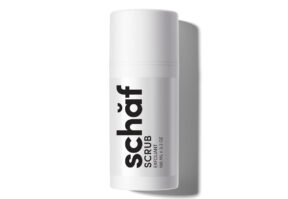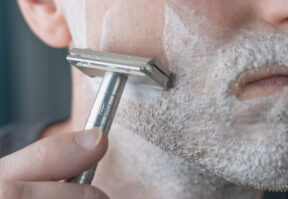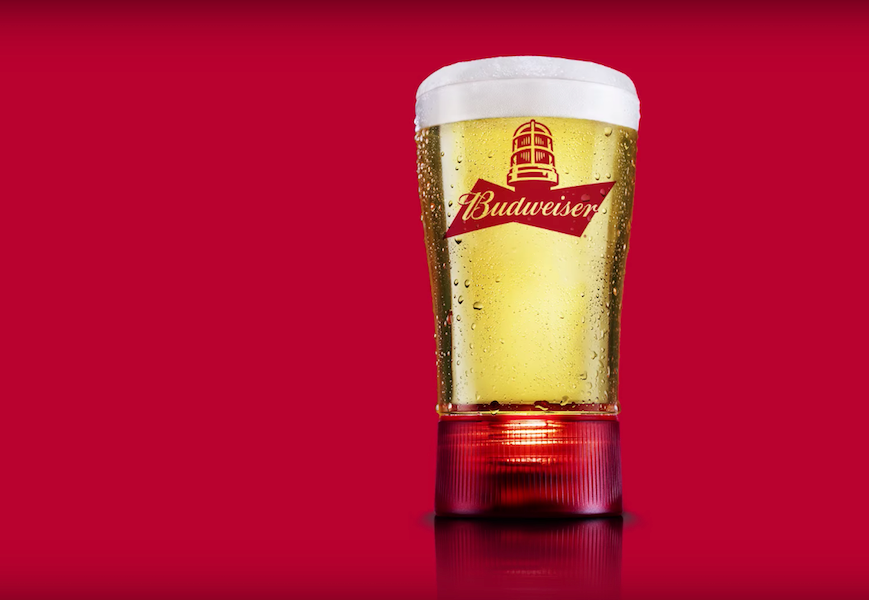By Adriana Ermter
New Year, new you? Maybe. After all, there are a plethora of plastic surgeries you can opt for and try on for size (or rather, a reduced one if that’s your goal), but should you? Dr. Michael Horn, a Chicago-based board-certified plastic surgeon gets to the nitty gritty on the most frequently asked questions about plastic surgery to help you determine which ones are worth considering and investing in this year.
Question 1: If I have fat removed through liposuction, will it reappear elsewhere?
Answer: Technically, yes, it is possible for the fat to return, but only if you let it come back. “If the patient maintains their weight, the fat will not return or appear somewhere else on their body,” explains Dr. Horn. “A little bit of weight gain is fine, such as 5 to 10 pounds, as long as patients stay close to their post-lipo weight. Because fat cells accumulate in an evenly distributed manner, weight gain tends to be more noticeable in areas that are untreated than treated.”
Question 2: After repeated Botox injections, will facial muscles ever lose the ability to frown?
Answer: Even though one of the side effects of Botox is difficulty smiling or frowning, the effects of Botox can wear off in three to four months. Repeated use of Botox causes the muscles treated to atrophy and thin out. When they “wake” back up they tend to be weaker and less likely to make wrinkle. “This is why many consider Botox a great anti-aging treatment,” says Dr. Horn. ”Botox can be administered in a way in which it does not freeze the muscle completely. This is something you would discuss with your injector. Botox can be administered so as not to freeze the muscle completely. An experienced injector has the knowledge to make adjustments.”
Question 3: Will I have to wear my hair over my ears to cover face-lift scars?
Answer: On average, face-lift scars around the ears take about six months to fade and become almost invisible. “You probably are going to want to wear your hair longer for the first month for recovery purposes,” says Dr. Horn. “It’s best to choose a hairstyle within this time that will not apply added pressure to the area of incision while still helping to cover up the scar at the same time.”
Question 4: What happens if I’m not happy with my surgical results?
Answer: The first step is to be patient. Some patients look good in three weeks, others three months and for some, the full results aren’t apparent until six months after surgery. You should wait for all the post-surgical swelling and bruising to go away completely before fretting over the end result. “Speak up if you are feeling anxious,” advises Dr. Horn. “At your follow-up appointment, it is perfectly fine to voice to your surgeon that you are feeling disappointed. A good doctor will address your concerns, walk you through the recovery process, and if necessary, talk about the next steps.”
Question 5: How soon after liposuction can I have sex?
Answer: After having a procedure like liposuction or a tummy tuck, you will definitely feel some moderate soreness and swelling. It’s normal. When it comes to resuming sexual activity, your personal level of comfort plays a large factor, as there is no specific body structure you can damage after liposuction. “This means your soreness or the healing process of your incisions may be the only thing stopping you from being intimate,” says Dr. Horn. “As soon as you feel both physically and emotionally ready, you are safe to resume having sex. For most patients, it takes about a week. But if we removed excess fat on large areas of your thighs, belly, and/or buttocks, you might have to wait a week to ten days. Before then, your body will be tender and that could make the experience painful.”
Question 6: What is the youngest age you would consider performing a facelift?
Answer: When evaluating a patient for facelift surgery, age is a relative consideration. “I’ve performed facelifts on patients under 40 years of age who lost a lot of weight causing their face to deflate and sag,” explains Dr. Horn. “That being said, most facelift or neck lift procedures are performed on patients between 45-70 years old. If the volume loss can be managed by treatments other than facelift surgery, patients will opt for them. However, once those minimally invasive or non-invasive treatments no longer cut it, a patient can choose to have a facelift.”
Question 7: What is better, Liposuction or non-invasive techniques such as Cool Sculpting?
Answer: Liposuction is an excellent option for reducing larger deposits of excess fat. It can significantly improve your body in several areas at once. “Some downsides include a higher cost and greater risk for health complications than non-invasive techniques,” says Dr. Horn. Alternately, nonsurgical fat reduction may be a better fit if you are already at your ideal weight, have good skin elasticity and want to target smaller, stubborn trouble spots. “However, the results will not be as dramatic as liposuction,” adds Dr. Horn. “Multiple treatments may be necessary over a longer period of time than one liposuction surgery takes.”












